Pengelipuran Village Bali
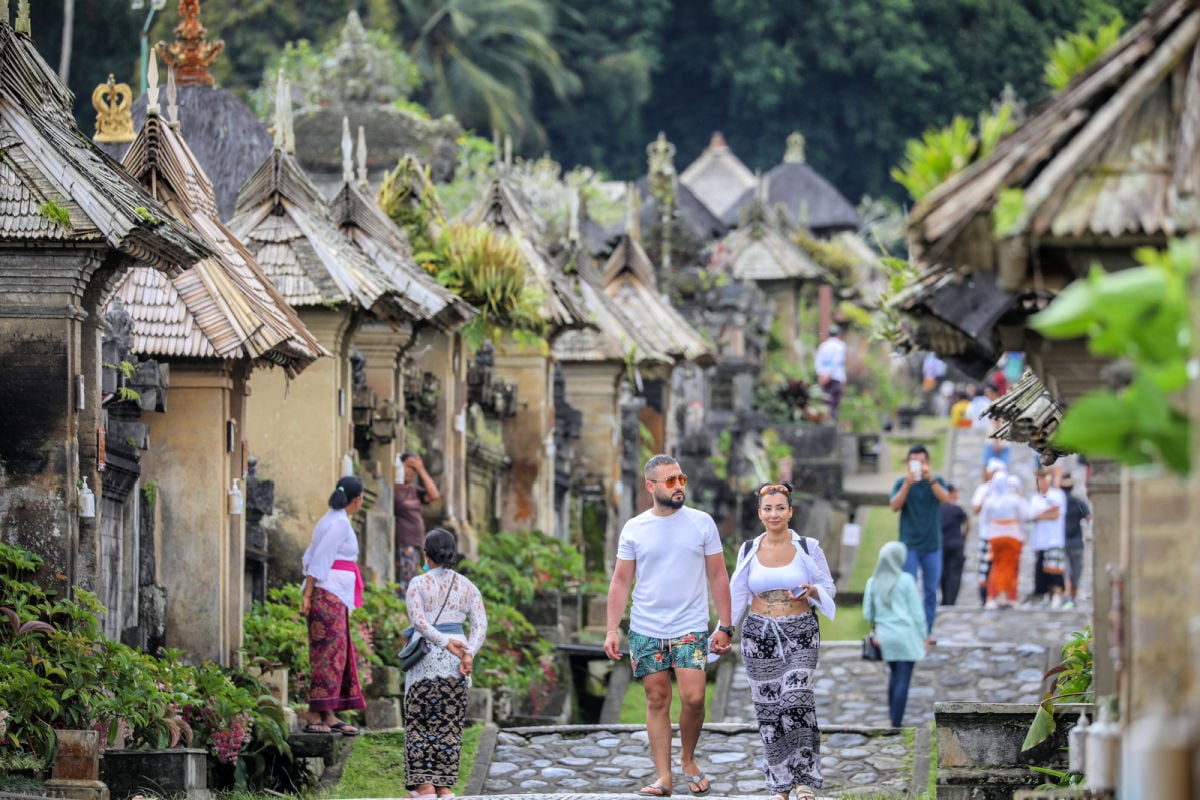
Pengelipuran Village Bali : A Journey Through Bali’s Timeless Charm
Nestled in the heart of Bali, Pengelipuran Village in Bangli has become a beacon of cultural preservation and tranquility. As one of the most well-preserved traditional villages in Indonesia, Pengelipuran offers visitors a glimpse into the island’s rich history, harmonious living, and sustainable practices. This article delves into the history, attractions, and practical information you need to fully appreciate a visit to this enchanting village.
1. History of Pengelipuran Village
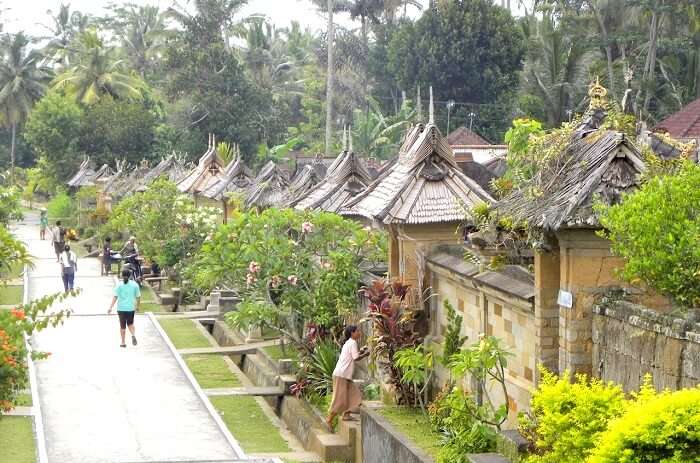
The roots of Pengelipuran Village date back over seven centuries, tracing its origins to the era of the Gelgel Kingdom in the 13th century. The name “Pengelipuran” itself is derived from the Balinese words “Pengeling Pura,” which means “a sacred place to remember the ancestors.” The village was established by the people of the Bayung Gede, who were brought here by the rulers of the Gelgel Kingdom to safeguard the traditions and culture of Bali.
The village’s unique layout and architectural style reflect the deep connection the villagers have with their ancestors and the natural environment. The villagers believe in the tri hita karana philosophy, which emphasizes the balance and harmony between humans, nature, and the spiritual realm. This belief system is evident in the way the village is organized, with each house and structure designed to maintain harmony with the surrounding environment.
Throughout its history, Pengelipuran has remained largely untouched by modern development, thanks to the villagers’ strong commitment to preserving their cultural heritage. The village was officially recognized as a traditional village by the Indonesian government in 1993, further cementing its status as a living museum of Balinese culture.
2. The Main Reason You Should Go to Pengelipuran Village

Visiting Pengelipuran Village is like stepping into a time capsule, where you can experience the essence of Balinese life as it was centuries ago. The village is renowned for its immaculate cleanliness, well-preserved architecture, and the warm hospitality of its residents. Here are the key reasons why Pengelipuran should be on your must-visit list:
- Cultural Immersion: Pengelipuran offers an authentic cultural experience, allowing you to witness traditional Balinese customs, rituals, and daily life up close. The villagers continue to practice age-old traditions, from crafting intricate offerings to organizing community ceremonies.
- Architectural Beauty: The village is a living testament to Balinese architectural brilliance. The traditional houses, or bale, are built using natural materials like bamboo, thatch, and volcanic stone. The uniformity of the houses, with their identical gates and roofs, creates a harmonious and visually stunning environment.
- Environmental Sustainability: Pengelipuran is also celebrated for its eco-friendly practices. The village has strict regulations to maintain cleanliness and minimize environmental impact, making it one of the cleanest villages in Indonesia. The use of plastic is highly discouraged, and waste is carefully managed to ensure the village remains pristine.
- Scenic Beauty: Surrounded by lush greenery and terraced landscapes, Pengelipuran offers breathtaking views at every turn. The village is set against the backdrop of Mount Batur, adding to its picturesque charm. The bamboo forest that borders the village is another highlight, providing a serene setting for a leisurely stroll.
3. What Should You Know About Pengelipuran Village?

Before visiting Pengelipuran, there are a few important things to keep in mind to enhance your experience:
- Respect Local Customs: Pengelipuran is a deeply spiritual community where traditional customs are strictly observed. Visitors are expected to dress modestly, especially when entering temples or participating in ceremonies. It’s also important to be mindful of local practices, such as not stepping on offerings or pointing your feet towards sacred objects.
- Village Layout: The village is laid out in a linear pattern, with a main road running through the center. The houses are arranged symmetrically on either side of the road, and each house compound consists of several buildings with distinct functions, such as living quarters, kitchens, and family temples.
- No Modern Architecture: One of the reasons Pengelipuran retains its traditional charm is the prohibition of modern architecture within the village. All structures must adhere to the traditional Balinese style, preserving the village’s historical and cultural integrity.
- Community Living: The villagers of Pengelipuran live communally, with a strong emphasis on cooperation and mutual support. This sense of community is evident in the way the village is maintained, with all residents contributing to the upkeep of public spaces and shared facilities.
4. Where is Pengelipuran Village?
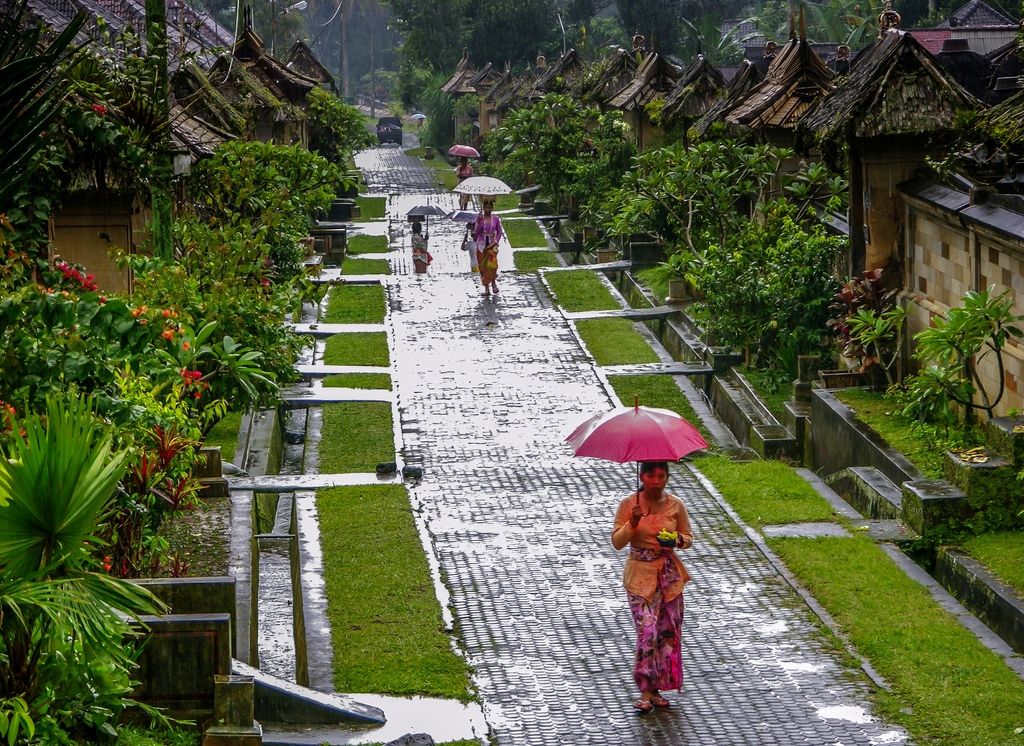
Pengelipuran Village is located in the Bangli Regency of central Bali, approximately 45 kilometers north of Denpasar, the island’s capital. The village is situated at an altitude of 700 meters above sea level, which gives it a cool and pleasant climate, perfect for exploring on foot.
To get to Pengelipuran, you can take a car or motorbike from Denpasar, which takes about 1.5 to 2 hours, depending on traffic. The village is well-signposted, and the road leading to it is in good condition. If you prefer public transportation, you can take a bus or a shared taxi from Denpasar to Bangli and then hire a local driver to take you to the village.
5. How much does It cost to visit Pengelipuran Village in 2024?
The primary cost associated with visiting Pengelipuran Village is the entrance fee, which has remained relatively affordable despite the village’s growing popularity. Here’s a breakdown of the costs as of 2024:
- Entrance Fee for Domestic Tourists: IDR 30,000 per person (approximately USD 2.00)
- Entrance Fee for International Tourists: IDR 50,000 per person (approximately USD 3.50)
- Entrance Fee for Children: IDR 20,000 per child (approximately USD 1.50)
These fees are collected at the entrance and contribute to the village’s maintenance and the preservation of its cultural and architectural heritage. The slightly higher prices for international tourists are common in many Indonesian tourist destinations, reflecting the increased demand and the village’s international reputatio
6. What Should You Bring to Pengelipuran Village?

To make the most of your visit to Pengelipuran Village, it’s essential to come prepared. Here’s a checklist of items you should bring:
- Modest Clothing: Since Pengelipuran is a traditional village, it’s important to dress modestly. Lightweight, breathable clothing that covers your shoulders and knees is recommended, especially if you plan to visit the temples.
- Comfortable Footwear: The village is best explored on foot, so be sure to wear comfortable shoes or sandals. The roads are paved, but you may want to venture into the bamboo forest or explore the surrounding area, which may involve walking on uneven terrain.
- Reusable Water Bottle: As the village promotes environmental sustainability, bringing a reusable water bottle is a great way to minimize your plastic waste. You can refill your bottle at various spots in the village.
- Camera: With its stunning architecture and scenic landscapes, Pengelipuran is a photographer’s paradise. Don’t forget to bring your camera or smartphone to capture the beauty of the village.
- Sun Protection: Even though Pengelipuran is located in a cooler area of Bali, the sun can still be intense, especially during the midday hours. Bring sunscreen, sunglasses, and a hat to protect yourself from the sun.
- Small Cash: While the entrance fee is minimal, you may want to bring some small cash for purchasing souvenirs, snacks, or making donations at temples. Many villagers sell handmade crafts and traditional snacks, which make for unique and meaningful keepsakes.
Conclusion
Pengelipuran Village is more than just a tourist attraction; it is a living, breathing embodiment of Bali’s rich cultural heritage and a testament to the island’s commitment to sustainability and tradition. A visit to this village offers a rare opportunity to step back in time and experience a way of life that has remained largely unchanged for centuries. Whether you’re drawn by the allure of its pristine architecture, the warmth of its people, or the tranquil beauty of its surroundings, Pengelipuran promises an unforgettable journey into the heart of Bali.


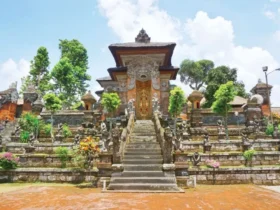
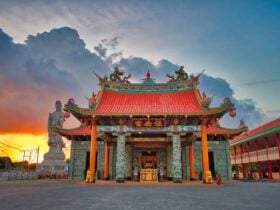
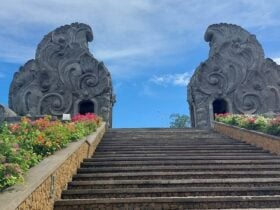
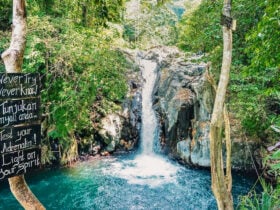

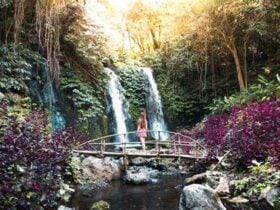


Leave a Review